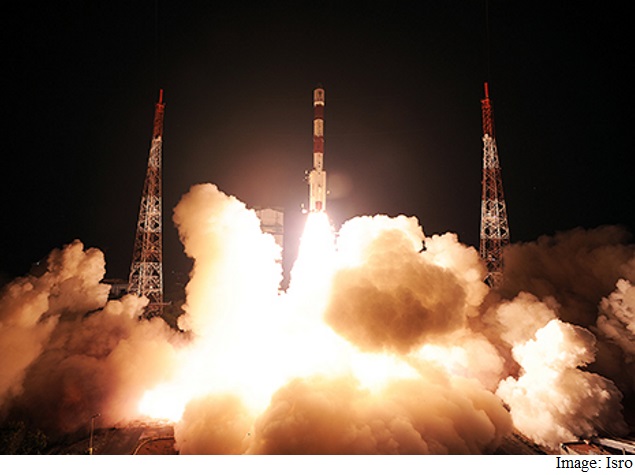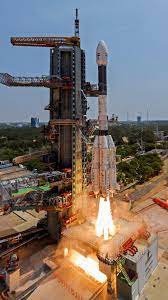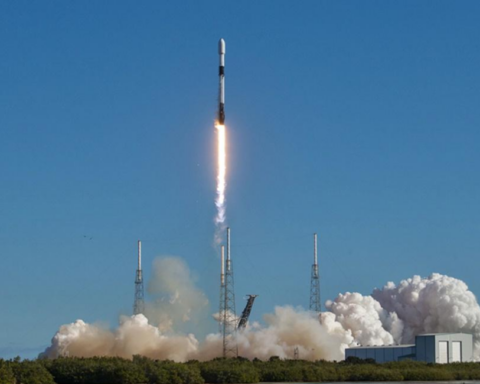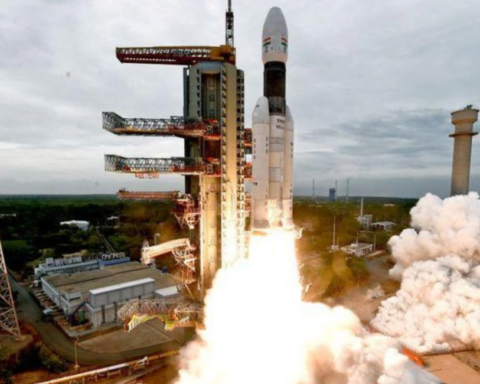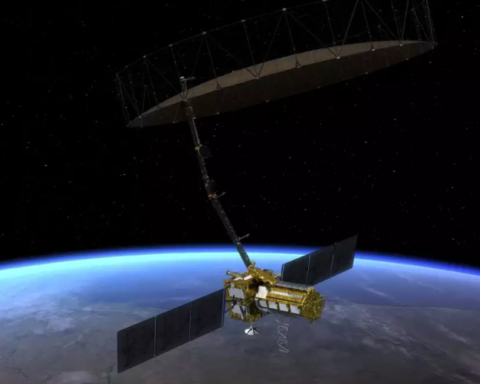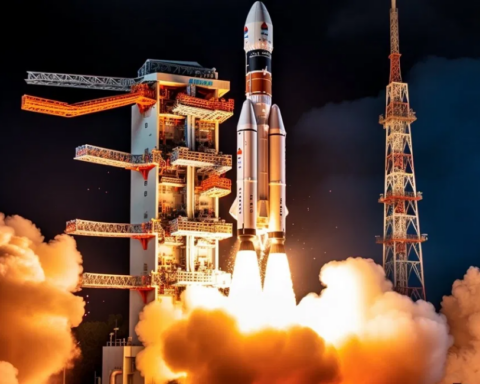India has achieved a significant milestone as it successfully launched the initial satellite of its second-generation navigation system, NVS-01, into orbit. Following a journey lasting approximately 19 minutes, the NVS-01 satellite was successfully placed into a Geosynchronous Transfer Orbit. (a specific type of low-altitude elliptical orbit typically used to transfer a satellite from the initial orbit achieved by the launch vehicle to its final geostationary orbit.)
The Satellite weighted around 2232 kgs, The NVS-01 satellite — part of Indian satellite navigation system NavIC or originally called Indian Regional Navigation Satellite System (IRNSS)– was carried by Geosynchronous Satellite Launch Vehicle (GSLV). The three staged GSLV rocket standing 51.7 meter tall and weighing 420 tonnes lifted off from a launch pad at Sriharikota in the morning around 10 A.M.
According to a report by news agency IANS, the NVS series of satellites will sustain and this upgrade aims to augment the capabilities of NavIC and make it even more advanced. Defying Earth’s gravitational pull, the rocket soared higher and higher, leaving a trail of vibrant orange flames in its wake. In the rocket mission control room, Indian space scientists from ISRO(Indian Space Research Organization) remained engrossed, their eyes fixed on computer screens, closely monitoring the trajectory of the rocket.
At present, there are a total of eight first-generation NavIC satellites operating in space. According to a senior official from ISRO, out of these eight satellites, four are actively functional and provide navigation services, while the remaining four serve messaging purposes. The atomic clocks are important to give accurate positional data. India has successfully launched nine first-generation NavIC satellites, which includes the two standby satellites. The satellites also have three atomic clocks each. Unfortunately, the first standby satellite was lost in space due to the heatshield of the Polar Satellite Launch Vehicle (PSLV) failing to open. As a result, the second standby satellite was placed in orbit as a replacement.
According to a senior official from ISRO, out of these eight satellites, four are actively functional and provide navigation services, while the remaining four serve messaging purposes.
In addition to L1 band, we have a highly secured code for strategic signals in L5 and S bands, the Senior ISRO official stated.
As per ISRO, the L1 Navigation band is popular for providing Position, Navigation and Timing (PNT) services for civilians and for interoperability with other GNSS signals.




